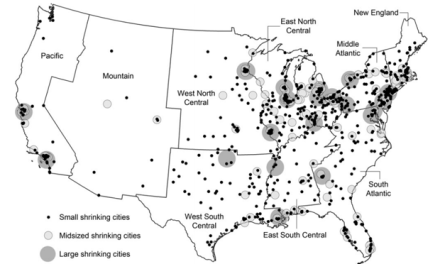A recent editorial in the Chattanooga Free Press is the best answer to Shelby County School officials’ insistence that consolidation has created problems in other counties that have melded two systems into one. Here’s the editorial:
Memphis’ school standoff
Wednesday, December 22, 2010
Long-standing friction between the separate city and county school systems in Memphis and Shelby County culminated Monday night in a decision by the Memphis City School Board to schedule a March referendum on dissolving the city’s school system. If it passes, it would force the Shelby County school system to absorb the city schools. That prospect, fueled by the county system’s march toward a special school district to protect its current status and tax funding from entanglement with the city system in the future, suggests how divisive and endemic the racial and political dynamic has become in the state’s most populous city and county.
Given the ground Hamilton County and Knox County school systems have covered since similar merger referendums in 1994 and 1986, respectively, the Memphis school board has made the right call. A merger of the two systems may be hard initially, but in the end it will bind Memphis together and force progress to solve what has become an untenable and, ultimately, unsustainable fracture in the Memphis area.
An untenable divide
Visitors to Memphis in recent years can attest to the extremes that divide the community. Downtown Memphis, like its school system, is largely poor, black and underachieving. The propped-up facades of the old brick buildings that line Beale Street and its popular blues district are the center of what little life remains downtown. The affluent Mud Island urban residential community along the Mississippi River is an inlet of prosperity, but the neighborhoods that flow away from downtown are alternately segregated by race and crime levels.
Germantown, the epicenter of the more affluent suburban region that lies east beyond the freeway ring, is, like Shelby County’s school system, mostly white, well-to-do and overachieving.
The two school systems are simply mirrors of the social classes they serve. The longer they stay that way, the more cemented the division will become.
Shelby County school officials apparently see the problem as one they had rather escape than resolve. School board Chairman David Pickler has been trying to build support among local officials and state legislators to reverse the state’s 1982 ban on the creation of special school districts, a category that used to give special schools control over their boundaries, buildings and school tax authority.
It’s not clear, however, that he could have overcome the Legislature’s standing opposition to reverse the ban. Though he thought Republicans’ sweeping gains in the Legislature in the last elections might boost support for his cause, legislators more often cater to county officials, who oppose losing their control over county property taxes for education to local school boards.
Regardless, Pickler’s recent push for perpetual autonomy — its so-called nuclear option — apparently persuaded the Memphis School Board that it had better dissolve its school system (its own nuclear option) before Shelby County could act. Pickler recently had proposed a three-year truce for both sides to study alternatives together, but that offer was logically mistrusted.
The Memphis School Board has reason to fear creation of a special Shelby County school district. With two-thirds of the county’s 150,000 student population, Memphis gets a proportionally larger per student share of local and state school tax money for schools. Shelby County, like the old Hamilton County school board before this community’s school system merger, has resented giving Memphis its share of capital funds for new buildings when it needed no new buildings. County school officials also may have wanted to insulate their system from any future mandates to absorb city students fleeing failing schools.
A countywide focus
Vestiges of similar sentiments remain here among some former opponents of mergers. But the evidence here confirms that the merger has focused more effective attention on student performance in urban schools. Efforts to improve teaching standards, raise school test scores and graduation rates, and programs involving magnet schools and minority-to-majority transfers have improved achievement countywide and insured fairer focus on children and schools previously left behind.
Memphians in and around the city may not yet appreciate the prospect of consolidation and the systemwide focus that can result. But with the state’s receipt of federal Race to the Top funding, and a $90 million grant from the Bill and Melinda Gates Foundation to Memphis city schools, a merger of the city and county school systems could not be better timed.
It’s the right course, as well, in the interest of fairness and Memphis’ future. For long-term prosperity, Memphis’ affluent suburbs need Memphis’ urban schools to perform as well as their suburban schools. A city so divided cannot achieve its full potential. As much as any city, Memphis needs a successful, unitary school system on which to build its future.




Why do people say it’s going to be HARD?
This is going to be ONE BIG RELIEF for the majority of citizens of Memphis AND Shelby County.
No more guilt about perpetuating ignorance, racism, and crime in the REGION.
It’s time to stop the racism in it’s tracks and this is the way to do it. Keeping it going is just as bad as child molesting, because, they use children to keep it going.
It’s DISGUSTING!
Is it just me, or, does Pickler suddenly look like the lead singer of the village people during his secret day job?